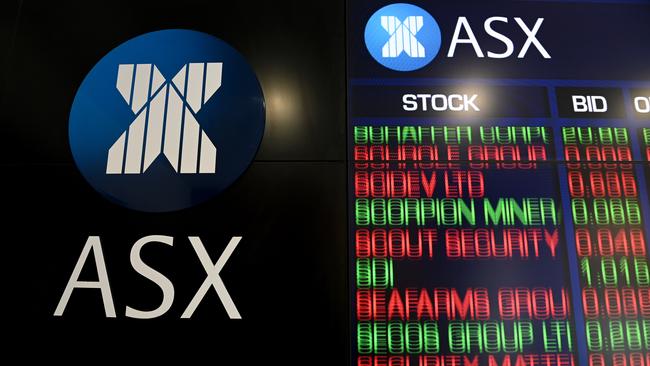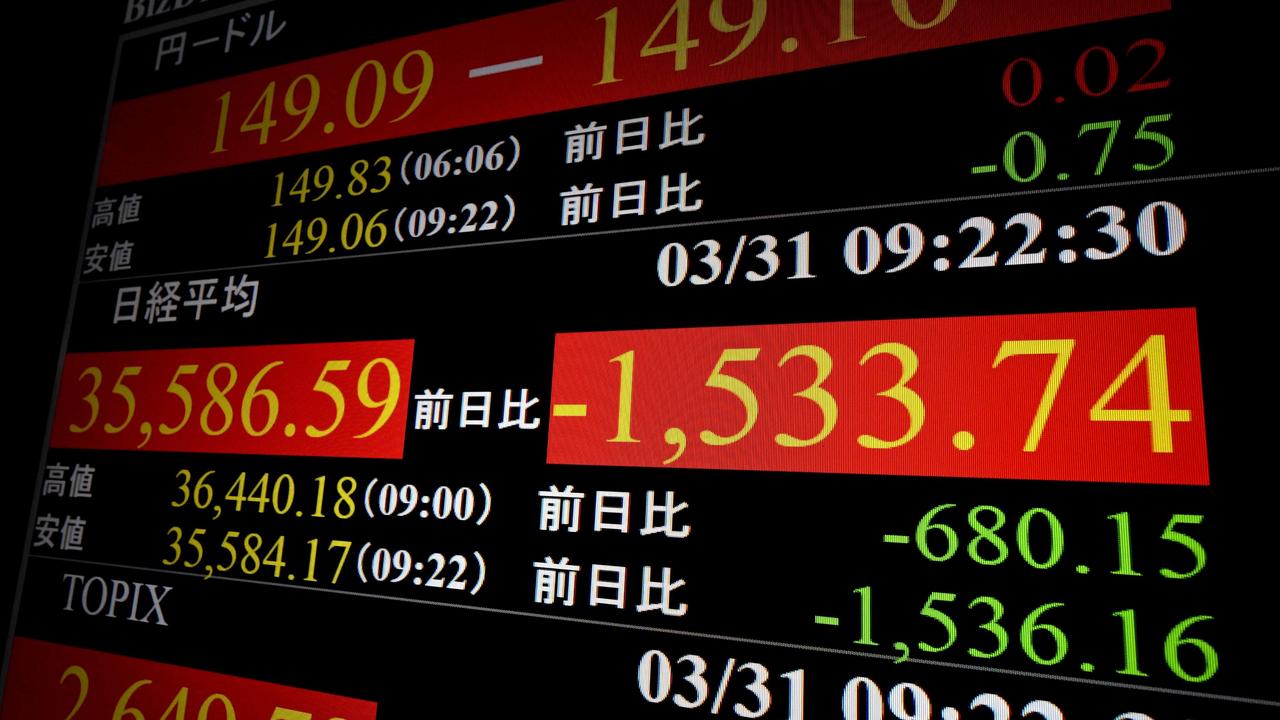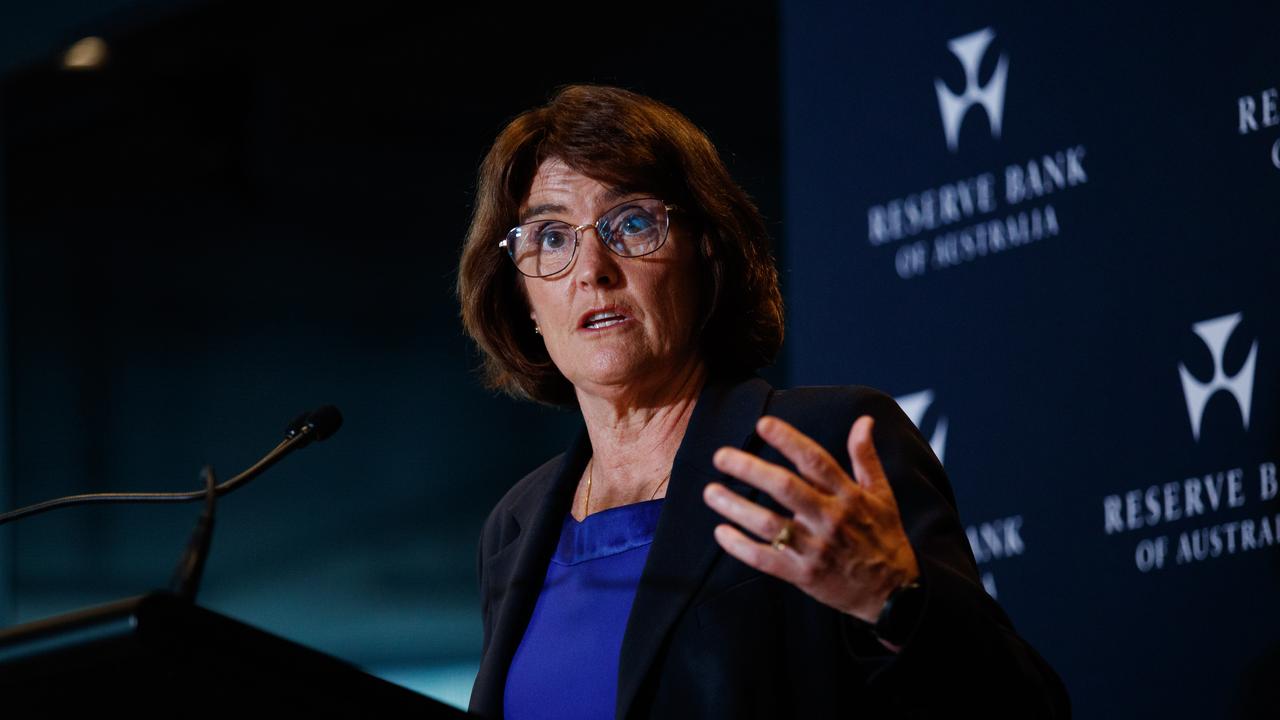Regulator puts ASX on notice: help traders deal with rival
The exchange operator says the closure of the share market in November 2020 was necessary to ‘prevent dissemination of potentially incomplete or inaccurate data’.

The corporate regulator has put the ASX on notice that it must be ready by early next year to facilitate traders placing new orders on the alternative exchange if its own closes due to another outage.
In ongoing fallout for the ASX over its handling of a full day outage in November 2020, the Australian Securities and Investments said there was “considerably more to do” in improving the resilience of the market during outages.
This included forcing the ASX to facilitated trading on the rival Cboe Australia, an exchange previously known as Chi-X. “By early to mid-2023 we anticipate that all market participants will have arrangements for at least new orders to trade on an alternative market due to an outage, and that market operators will support this outcome,” ASIC commissioner Danielle Press said on Tuesday.
There had been delays for market participants during the November 2020 outage “due to uncertainty about how market operators may respond and the services they will provide during an outage,” Ms Press added.
Separately, the ASX released a paper about its proposed response to the handling of future market outages – including a promise to let the market know by 1.30pm whether there was a chance of trading resuming later that day.
An ASX spokesman said the exchange was working on plans to set up a committee in the event of an outage which would monitor the situation every 45 minutes and make a decision on how soon the market could reopen.
The move is being seen as a concession to allow brokers to more easily place trades on Cboe in the event of a full day market outage on the ASX.
Some market participants have been critical of ASX policies, which they say did not make it easy to shift their trading to Cboe during the outage. Others say that there was not a big shift to Cboe during the outage as the alternative market still relies on prices set by trading on the ASX. They argue that there is not sufficient volume of business in Australia for a significant rival player to the ASX.
Karl Morris, chief executive of brokers Ord Minnett said he was glad that the ASX was prepared to address the issues around the outage including plans for better communication with participants.
“Certainty is the key,” he said.
ASIC’s comments about market outages come amid uncertainty over the ASX’s plans for the upgrade of its CHESS trading and settlement system which was due to go ahead next April. The ASX is yet to confirm when it will replace CHESS with a blockchain-based platform. That move has been delayed several times.
In its statement, ASIC said its “expectations on market outages” coincided with other important changes in the industry including the ASX’s plans for the replacement of CHESS settlement system, Cboe’s technology upgrade and implementation of market integrity rules. “While these are important competing priorities, they have become interrelated and market operators and participants should plan to implement these initiatives in a reasonable time frame,” Ms Press said.
The ASX, in its paper released on Tuesday, defended its move to close the market in 2020 following a problem in the wake of the installation of a NASDAQ equity market trading system.
It said it was necessary to “prevent dissemination of potentially incomplete or inaccurate data.”
In it consultation paper, the ASX said it would still have closed the market for the day given the same software problems.
“The ASX considers it best practice that when an issue has been identified that is assessed to result in uncertainty on the status of ASX Trade and or the data disseminated by an ASX trade, an immediate and comprehensive ‘freeze’ of ASX trade should be implemented,” it said.
“This freeze should and will impact the entire ASX market.”
Freezing the market was necessary to “prevent dissemination of potentially incomplete or inaccurate data”, prevent further issues from happening and to “provide a static environment” for its technicians to deal with the cause of the problem.
“The ASX believes that (freezing the market) remains the most appropriate initial session state during an incident,” the paper reads. “The use of any other session data might permit activity which could exacerbate the incident or hinder its investigation.”
The ASX has launched a consultation program with market participants to discuss the circumstances to freeze the market in case of any future problems.
The consultation process also covers plans for more detailed communication with market participants during an outage.
The ASX spokesman said the new 1.30pm cut off time for a decision on whether the market will reopen or not would allow for two hours of trading in the afternoon if the situation could be resolved.
“The ASX greatly appreciates the desire for participants to be able to manage their orders in ASX Trade in the normal manner during incidents,” he said.
There was an overriding obligation to resume trading when it believed it could provide a fair, orderly and transparent market, the market operator said.
As previously announced, ASX chief executive Dominic Stevens is due to step down from the role next month.
He will be replaced by Helen Lofthouse, currently the company’s group executive markets.







To join the conversation, please log in. Don't have an account? Register
Join the conversation, you are commenting as Logout